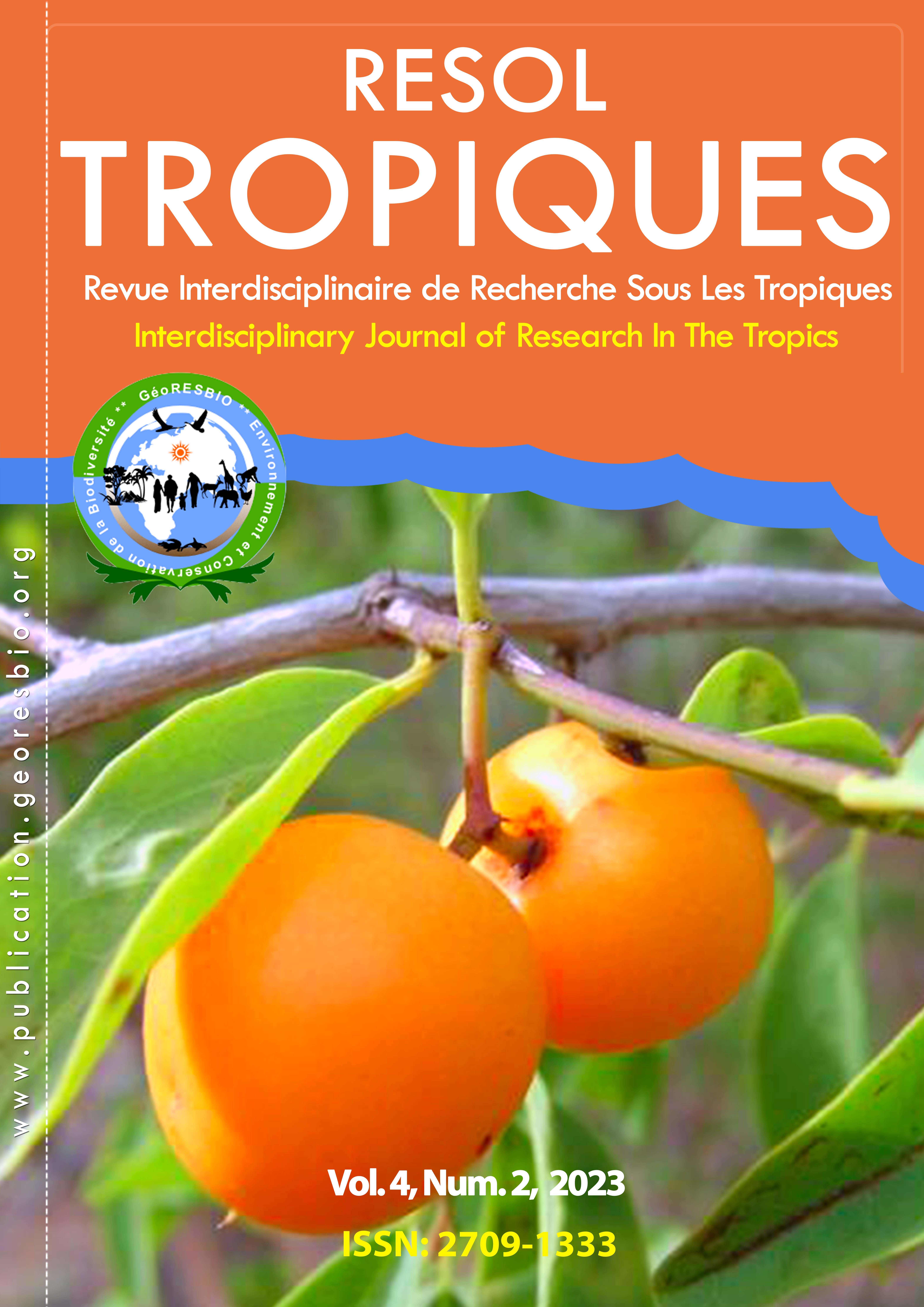Spatial distribution of malaria and level of environmental hygiene in Bouaflé, central western Côte d'Ivoire
Main Article Content
Abstract
Despite efforts to combat it, malaria is an infectious disease that remains a major public health problem in Côte d'Ivoire. In Bouaflé, where malaria is endemic, transmission differs from one neighbourhood to another and from one household to another. The aim of this article is to determine the relationship between the level of environmental hygiene in neighbourhoods and malaria transmission. Based on documentary research and field surveys carried out among a sample of 417 heads of household unevenly distributed across the neighbourhoods investigated, it emerges that malaria prevalence is higher in the healthier neighbourhoods on the outskirts than in the more populous neighbourhoods in the unhealthy city centre. The more upmarket neighbourhoods, which are less urbanised and healthier, have more Anopheles biotopes than the central neighbourhoods, which are more urbanised and have an unhealthy environment.
Article Details

This work is licensed under a Creative Commons Attribution 4.0 International License.
All articles or any other scientific contribution published by the Resol-Tropiques Journal are distributed under the terms of the international Creative Commons Attribution 4.0 license , which authorizes the use, distribution and reproduction without restriction on any support, provided that you mention the name of the original author(s) and the source, that you provide a link to the Creative Commons license and that you indicate if modifications have been made. The Creative Commons Public Domain Disclaimer applies to the data made available in this article, unless otherwise stated.

